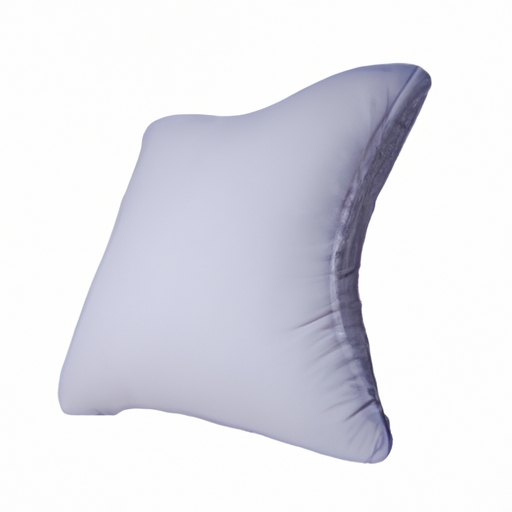Relevance
The Benefits of Using a Wedge Pillow for Sleeping Upright
Sleep, a fundamental aspect of human existence, greatly influences our overall well-being and health. While we typically envision sleep in a flat, horizontal position, there's a rising interest in the benefits of sleeping upright, facilitated by the innovative design of the wedge pillow. From alleviating various medical issues to enhancing sleep quality, wedge pillows offer a myriad of benefits that can transform nightly rest.
1. Anatomical and Structural Support: A wedge pillow, as the name suggests, is a triangular-shaped pillow that elevates the head, neck, and shoulders. This elevation allows for a more aligned sleeping posture. Traditional pillows often fail to provide adequate support, leading to muscle strain and imbalances. A wedge pillow, however, due to its slanting form, facilitates natural alignment of the spine, reducing the chances of waking up with a stiff neck or a strained back.
2. Relief from Acid Reflux and GERD: One of the most celebrated benefits of the wedge pillow is its efficacy in managing Acid Reflux and Gastroesophageal Reflux Disease (GERD). When lying flat, stomach acid can easily flow back into the esophagus, leading to the burning sensation commonly known as heartburn. By sleeping in an upright position, facilitated by the wedge pillow, gravity assists in keeping the stomach acid down, reducing the frequency and intensity of reflux episodes.
3. Sinus and Congestion Relief: For those who suffer from chronic sinus issues or congestion, sleeping upright can be a game-changer. Lying flat can cause mucus to pool, leading to increased congestion and discomfort. Elevating the head and upper body with a wedge pillow promotes better sinus drainage, helping reduce congestion and promoting easier breathing throughout the night.
You can also search for
- Best wedge pillow for sleeping upright
- Memory foam wedge pillow for sleeping upright
- Wedge pillow for sleeping upright amazon
- best pillows for sleeping upright
- neck pillow for sleeping upright
- upright bed pillow with arms
- upright pillow for sleep apnea
- how to arrange pillows to sleep upright
 wedge pillow for sleeping upright
wedge pillow for sleeping upright
